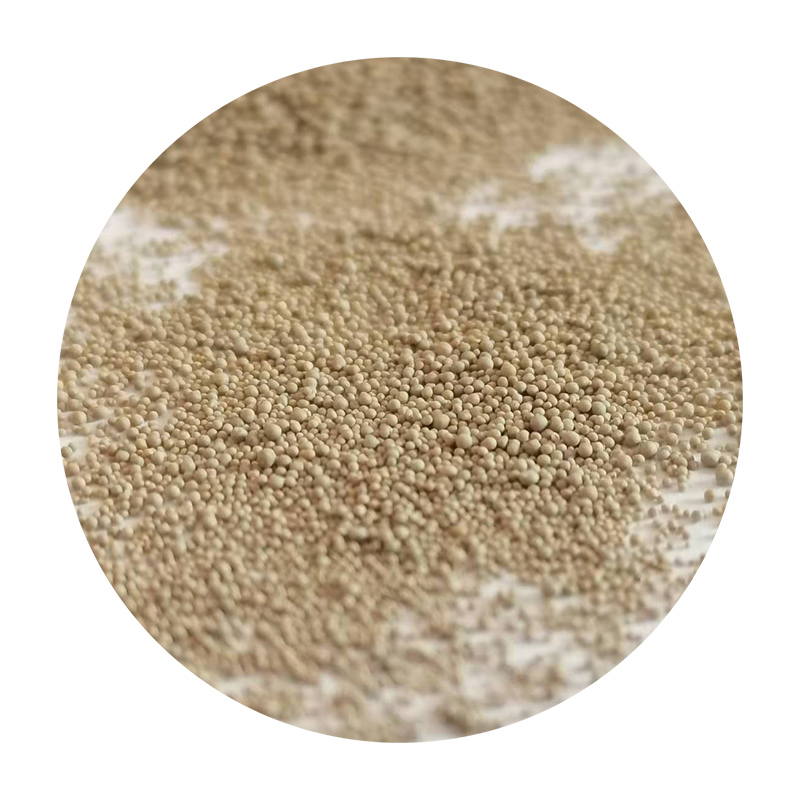The manufacturing process of resin-coated sand is a crucial aspect in various industrial applications, particularly in the foundry industry where it is used in the production of high-quality metal castings. This process involves several stages that transform raw sand into a durable and high-performance material that meets specific casting requirements.
Initially, the process begins with the selection of high-quality silica sand. The sand is purified to remove impurities and ensure that the grains are uniformly sized, which contributes to the overall quality of the final product. After this purification, the sand is dried to eliminate any moisture content, which is essential for the successful binding of the resin in subsequent steps.
The next stage involves mixing the dried sand with a thermosetting resin, usually a phenolic or epoxy resin, under controlled conditions. The ratio of resin to sand is meticulously calibrated to achieve optimal binding properties while maintaining the necessary flow characteristics. The mixing process ensures that each grain of sand is evenly coated with resin, forming a homogeneous mixture. In certain instances, catalysts may be added to facilitate quicker curing of the resin.
Once the sand and resin are thoroughly combined, the coated sand is subjected to a curing process. This can be achieved through different methods, including heating or chemical activation, which helps in solidifying the resin around the grains. Curing is critical as it determines the strength and integrity of the resin-coated sand, ensuring it can withstand the high temperatures encountered during metal pouring in the casting process.
resin coated sand manufacturing process

After curing, the resin-coated sand undergoes cooling and is then screened and classified to ensure consistency in grain size and coating quality. It may also be stored in silos or bags for future use, ensuring that it retains its properties until needed for casting applications.
The final product, resin-coated sand, boasts enhanced strength, improved thermal stability, and reduced gas evolution during the casting process, which significantly minimizes defects in the final metal casts
. This characteristic makes it particularly valuable in industries requiring precision and quality, such as automotive and aerospace engineering.In conclusion, the resin-coated sand manufacturing process is a sophisticated method that transforms simple silica sand into a high-performance material, multifaceted to meet the demanding requirements of modern foundry applications. Its continuous evolution and adaptation to new technologies contribute significantly to advancements in casting practices, producing higher-quality final products in various industrial sectors.
Post time:Hyd . 10, 2024 21:53
Next:foundry sand in concrete
